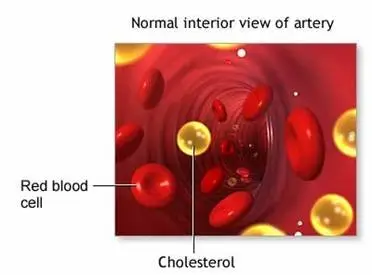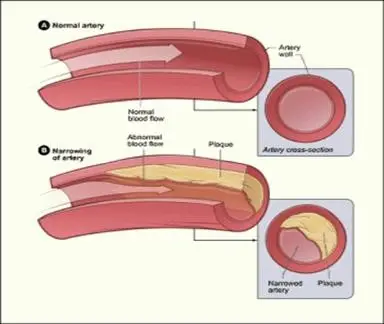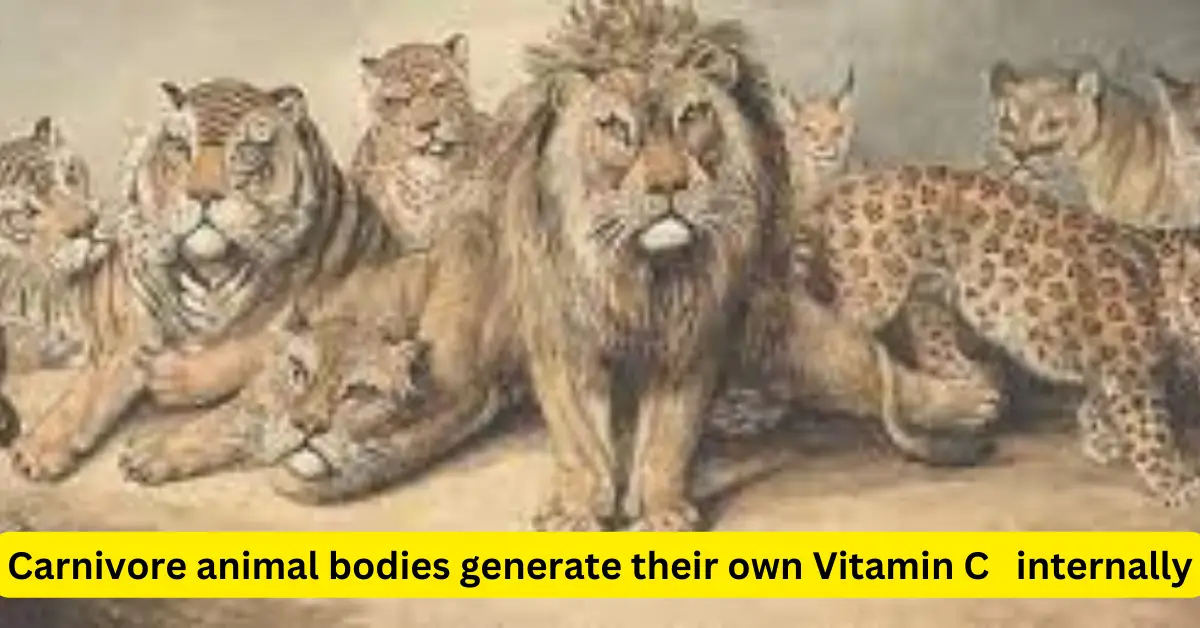What prevents heart attacks in animals? But Humans do have
Today we will learn why heart attack in animals is very rare, for example, Bears, have average cholesterol levels of 400 milligrams per deciliter of blood, but they don’t suffer heart attacks. Why? According to Dr. Rath, it is because bears produce large amounts of vitamin C, which optimizes collagen production and ensures maximum stability of their artery walls.

Cholesterol is only found in foods that come from animals, there is no cholesterol in foods that come from plants. So, there is no cholesterol in fruit . Lions eat only meat and do not eat fruits in general, moreover, they sleep for 16 hours (approx.) a day, and even then generally they do not get heart attacks. Why?
In true carnivores — like lions, black bears, and even dogs — the good cholesterol runs very high, protecting them from coronary artery disease and stroke that might otherwise afflict heavy meat eaters(According to The New York Times) therfore there is rare chance of heart attack in animals.
The intestinal tract of carnivores is short (3 times body length); that of herbivores, long (12 times body length). Body cooling of carnivores is done by panting; herbivores, by sweating. Carnivores drink fluids by lapping; herbivores, by sipping. Carnivores produce their own vitamin C, whereas herbivores obtain it from their diet. Thus, humans have characteristics of herbivores, not carnivores.(Source)
What should Humans do to avoid heart disease due to high cholesterol?

According to a article published in NYT. The kind of fats consumed can make a difference. Evidence indicates that foods rich in monounsaturated fats like canola and olive oil, most nuts and avocados can improve levels of good cholesterol without raising the total. Poly unsaturates like corn, safflower and soybean oils tend to lower the levels of both the good and the bad.
The idea, then, is to replace harmful saturated fats and refined carbohydrates (sugars and white starches) with mono unsaturates without increasing total calories. Dr. Miller cautioned that by increasing carbohydrate consumption above 60 percent of calories, triglyceride levels rise, even if all the carbohydrates are whole grains.
Even more important than diet to raising good cholesterol, however, is regular aerobic exercise, and the benefit, Dr. Miller says, is ”dose-related.” In other words, the more aerobic exercise one does, the higher good cholesterol is likely to be.
It is well known fact that increasing Vitamin C levels are another area to be worked upon by Humans. The Vitamin C is not produced inside human bodies but needs to be taken from outside. The vitamin C is water soluble and plays greater role in arterial heath. It acts as a cleaning agent for cholesterol in arteries walls.
As there is very rare chance of heart attack in animals ,Human can also avoid heart attack by monitoring their cholesterol level.
In a study. There are 2 major sources of cholesterol in our diet: 1) cows, including their muscle (beef), milk, butter, and cheese, and 2) eggs. About 45% of the cholesterol we obtain in our diet comes from the visible and nonvisible eggs we eat, and about 40% comes from bovine muscle and bovine milk and its products.
Total Cholesterol is the sum of the amount of LDL and HDL (see below) in the
blood stream.
Cholesterol Range | Classification | Remarks |
Less Than 200 | Good | Low risk of coronary heart disease |
200-239 | Borderline High | Possibility of development of heart disease |
240 and Above | High | Double the risk of coronary heart disease than those in the normal |
Types of Cholesterol: there are three types-
Low-density lipoprotein (LDL): often known as bad cholesterol – this carries cholesterol around the body and can deposit it in the artery walls.
Cholesterol Range | Classification |
Less Than 100 | Excellent |
100-129 | Good |
130-159 | Borderline High |
160-189 | High |
High-density lipoprotein (HDL), also known as good cholesterol – this takes cholesterol away from the walls of the blood vessels to the liver, where it’s either broken down or excreted. It prevents the formation of LDL and prevents it from affecting the arteries and the heart.
Cholesterol Range | Classification | Remarks |
60 and Above | Good | Protective against coronary heart disease |
Less than 50 (for | High Risk | Possibility of development of heart disease |
Less than 40 | High Risk | Possibility of development of heart disease |
Triglycerides: is also referred to as’ bad cholesterol’ as it contains the highest amount of blood fat; normally found in dairy products, cooking oils, and red meat.
For information related to heart attack first aid kit please click here .










